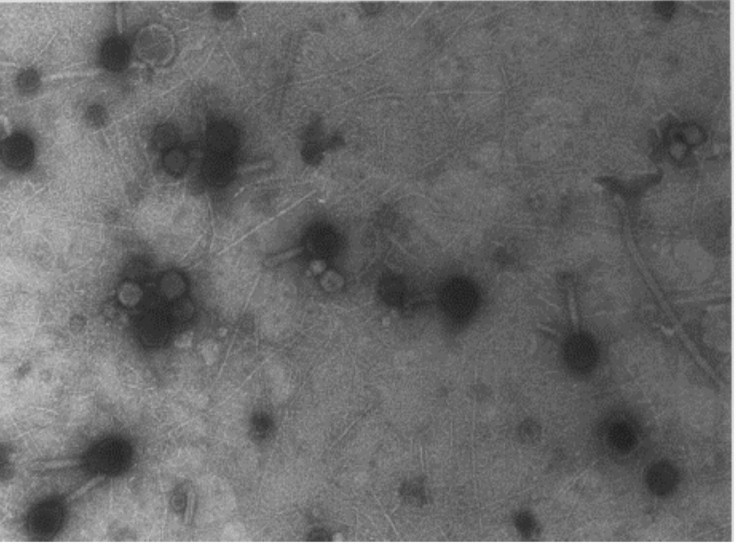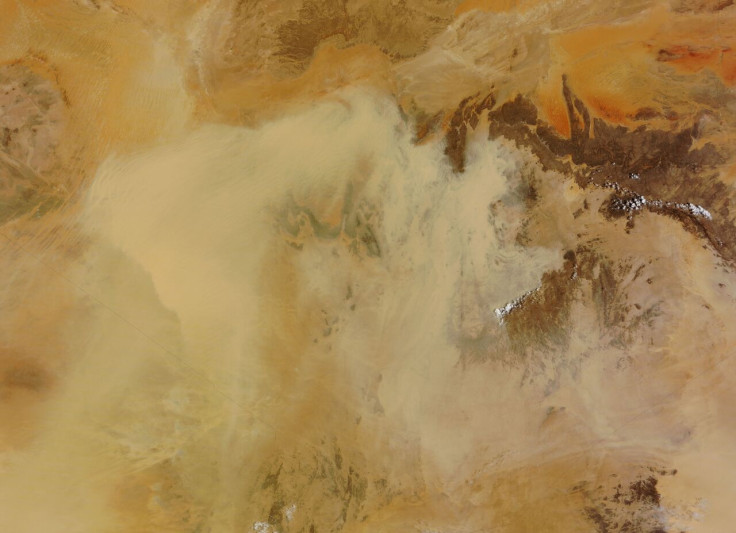Billions Of Viruses, Bacteria Circulating In Earth’s Atmosphere, Moving Across Continents

Just like among larger creatures, there are genetic variations between different microorganisms as well. But observations have shown almost genetically identical viruses (or bacteria) in very distant and disparate environments, puzzling scientists. And a new study has found a solution to the puzzle — a rain of billions of viruses and bacteria, every day, all over the planet.
Researchers from Canada, Spain and the United States quantified the microorganisms that are swept up from Earth’s surface (or very near it, so it includes all the places humans spend most of their time in), and then circulate in the atmosphere before falling back down to the surface, sometimes thousands of kilometers away.
“Every day, more than 800 million viruses are deposited per square meter above the planetary boundary layer — that’s 25 viruses for each person in Canada,” University of British Columbia virologist Curtis Suttle, one of the senior authors of the paper, said in a statement Tuesday.
Bacteria and viruses get swept into the atmosphere from both land and water surfaces around the world, and are carried to the free troposphere. The troposphere is the layer of atmosphere that starts from the surface and extends to about 18 kilometers up. The planetary boundary layer (also called atmosphere boundary layer) referred to by Suttle is the lowest part of the troposphere, rising to about 2 kilometers above Earth’s surface.
This layer is where most of our pollutants are transported to. Beyond that is something called the inversion layer, followed by the free troposphere, which goes on till about 18 kilometers above the surface (above that is the stratosphere). Particles in the free troposphere tend to travel much longer distances, compared to those in lower layers. And that, combined with the widespread occurrence of genetically similar viruses, is what prompted researchers to look at the prevalence of microorganisms in that layer.
“Roughly 20 years ago we began finding genetically similar viruses occurring in very different environments around the globe. This preponderance of long-residence viruses travelling the atmosphere likely explains why — it’s quite conceivable to have a virus swept up into the atmosphere on one continent and deposited on another,” Suttle said.
The microorganisms — which can be disease-carrying — get picked up from soil or dust, as well as from sea spray, but researchers found a majority of viruses entering the atmosphere from sea spray. Viruses also hitch rides on small, organic particles suspended in the air, and therefore last longer in the atmosphere. They also deposit back on the surface at a rate of nine to 461 times more than bacteria.

“Bacteria and viruses are typically deposited back to Earth via rain events and Saharan dust intrusions. However, the rain was less efficient removing viruses from the atmosphere,” study author and microbial ecologist Isabel Reche from the University of Granada, said.
The paper, titled “Deposition rates of viruses and bacteria above the atmospheric boundary layer,” appeared online Jan. 29 in the International Society for Microbial Ecology Journal. Coauthors included another researcher from University of Granada, Spain, and one from San Diego State University, California.
© Copyright IBTimes 2024. All rights reserved.











